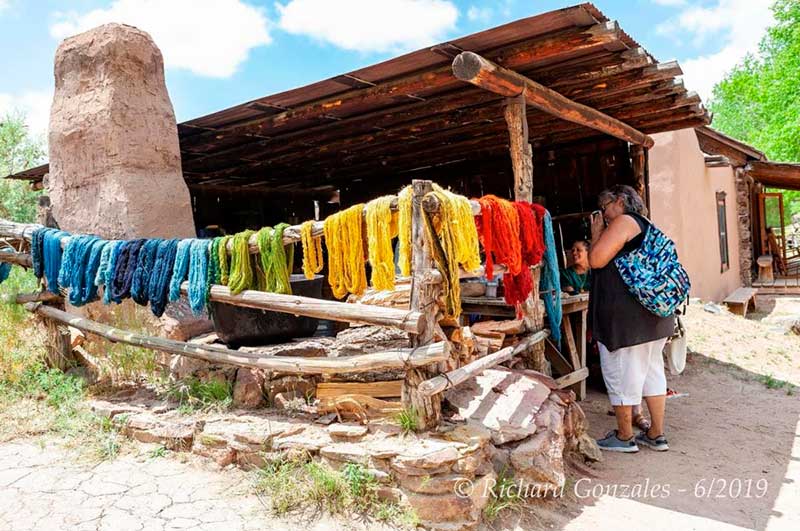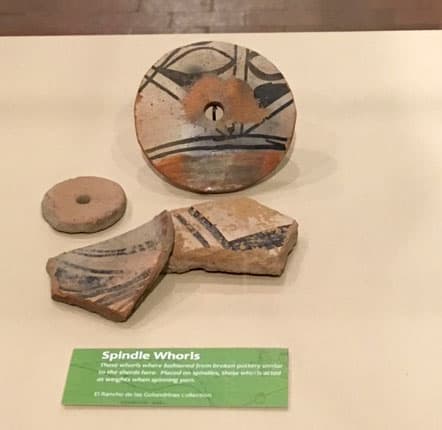Posts Tagged ‘wool’
History Herald: Springtime in New Mexico
by Laura Gonzales, Education & Volunteer Manager Wind, allergies, sunshine in some places, snow in others, we all know what that means; it’s officially Spring in New Mexico! It’s the season symbolizing growth, renewal and rebirth. Looking around at the natural beauty of New Mexico we see color springing into vibrancy around us once again.…
Read MoreCurator’s Corner: Spindle Whorls
by Amanda Mather, Curator of Collections Here is a little insight on an overlooked object, but one that helped keep us clothed for a very long time. Spindles are long sticks used to spin yarn, and the Spindle Whorl is the weighted piece at the end that helps maintain the spindles speed and spin. Spindle…
Read MoreMeet Julia R. Gomez
“I have been volunteering at the Ranch since 2000,” states Julia R. Gomez. “I have learned much about my own history here at Las Golondrinas. My art of colcha embroidery blossomed once I started volunteering here. I was invited to be a part of the “Spinners and Weavers” by Beatrice Sandoval Maestas who was the director of the group at that time.…
Read More


